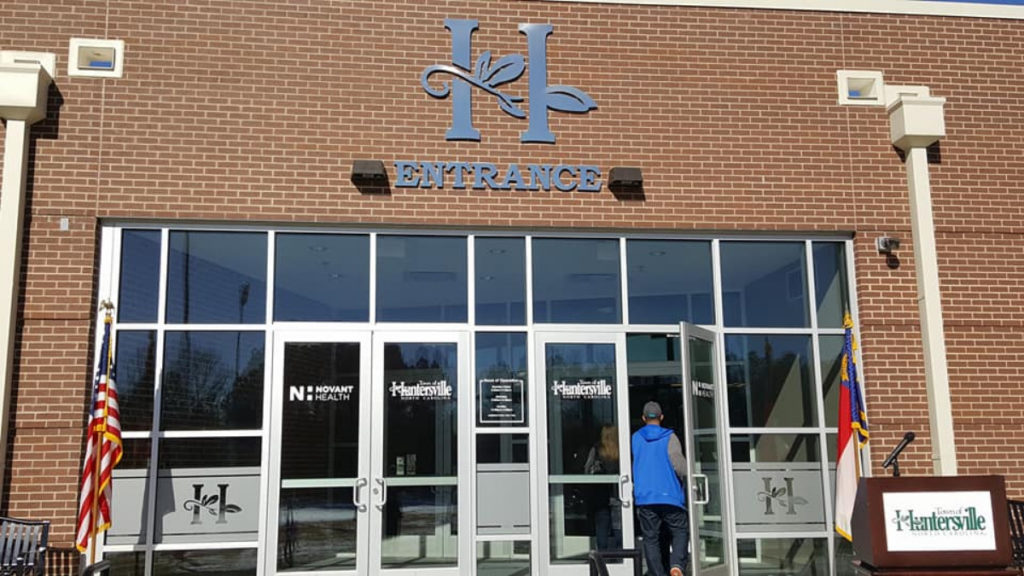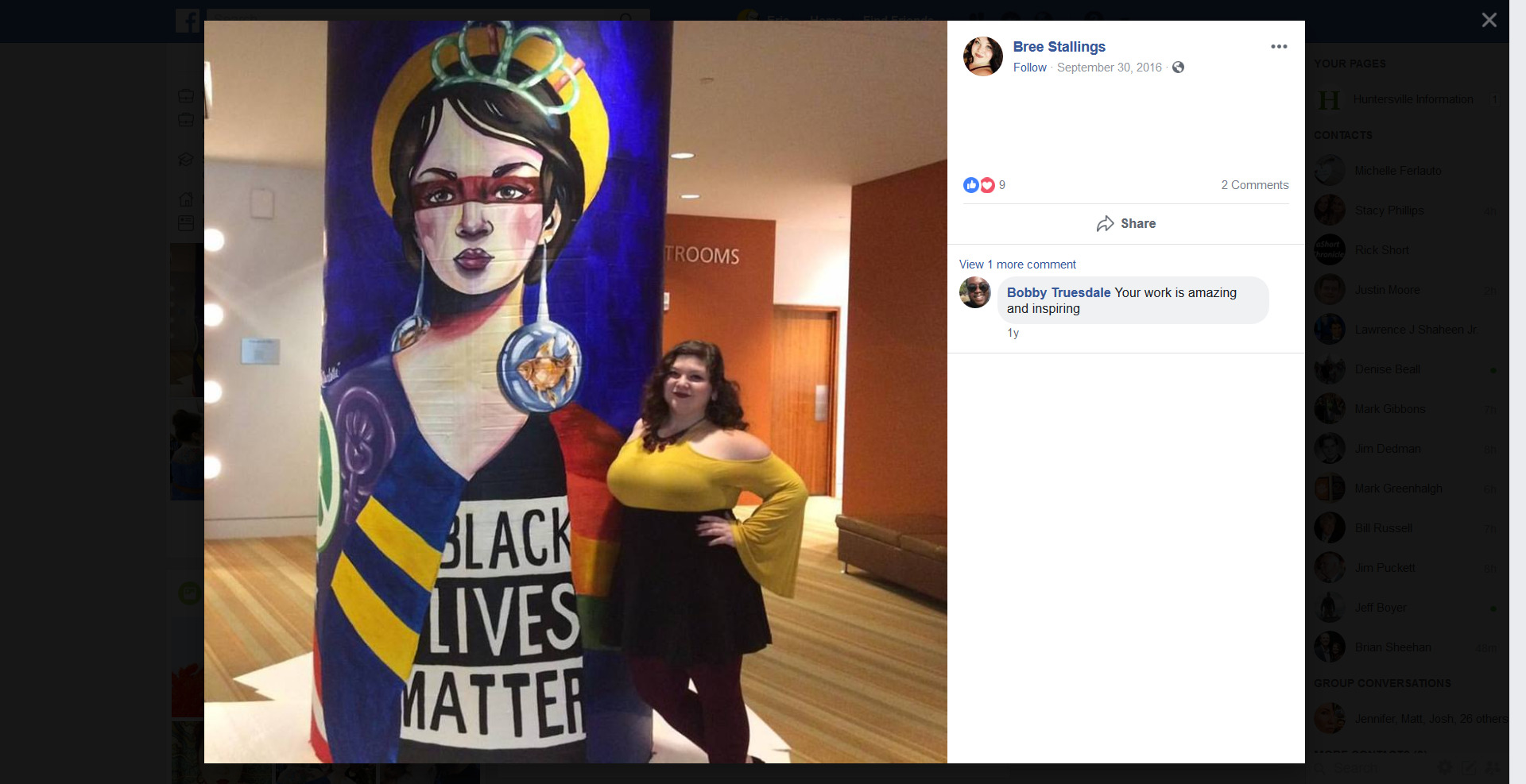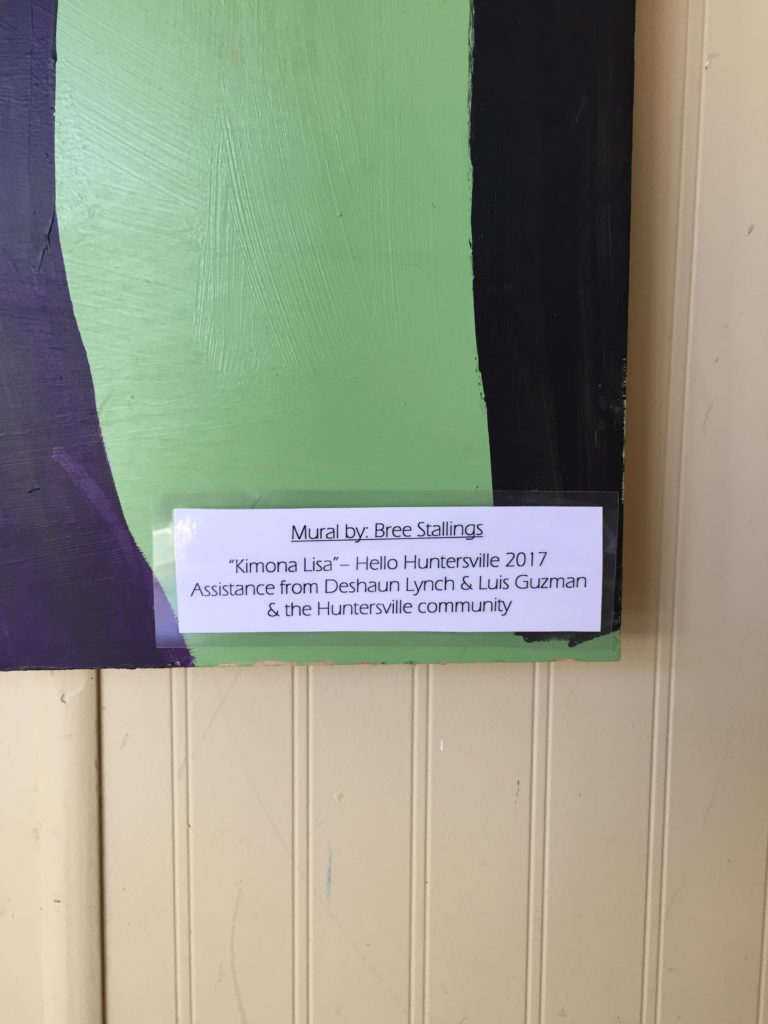UPDATE: The town has confirmed there are also four (4) take home vehicles in the Engineering & Public Works Dept. I don’t know whether this means four employees have take home vehicles they use to drive to/from work every day, or if there are four vehicles available for use if needed. But, the town has also confirmed there is no written policy similar to HPD’s take home policy governing the use of take home vehicles by Engineering & Public Works. Why is the town board continuing to allow such a massive liability without any oversight??
When the news broke on July 16 that a Huntersville police officer was involved in an accident (the accident was not his fault) in his unmarked police vehicle while on his way to work, one detail that stood out to me was the location of the accident – at the Rowan and Cabarrus County line. Why was HPD officer Ryan Smith driving to work all the way from Rowan County in an HPD vehicle? I wanted to learn more about HPD’s take home vehicle policy (“Policy”) to find out if Officer Smith was the only officer driving such a long distance to and from work each day so I sent a records request to the town for more information. Based on the information I received, Officer Smith’s situation is clearly not the exception to the rule at HPD.
The current HPD Policy (or “Personally Assigned Cruiser Program”) became effective on August 8, 2016. [See attached below] The current Policy rescinded the prior take home vehicle policy under Chief Phillip Potter that was effective from Nov. 21, 2011 until August 7, 2016. While the prior policy and the current Policy are very similar, Chief Cleveland Spruill made four (4) significant revisions to the Policy that greatly increased the annual mileage for HPD’s vehicle fleet: 1) the new Policy uses an arbitrary “outermost town limits” standard to determine to/from distance from the officer’s primary residence instead of a fixed point like HPD headquarters under the prior policy; 2) the new Policy uses “the actual straight line distance” from the officer’s home to the outermost town limits to determine to/from distance instead of “the actual shortest direct driving route distance as measured on public roadways” as under the prior policy; 3) the new Policy increased the number of categories of officers permitted to take an HPD vehicle up to 20 miles from the outermost town limits to now include SWAT, crash re-constructionists, and animal control; and 4) the new Policy added a provision giving the chief full discretion to grant approval for distances greater than 20 miles from the outermost town limits under unique circumstances after “consultation” with the town manager (but not the town board).
2018-07-17 1.43 DIRECTIVE PAC PROGRAM
The changes made to the Policy under Chief Spruill clearly resulted in additional costs to taxpayers, so why has there never been a public discussion by the town board about whether the additional costs of this new Policy outweigh any benefits? Additional costs such as increased liability for accidents and higher insurance costs, increased costs for fuel, increased wear/tear on the vehicle and higher maintenance costs, and the increased costs related to the frequency of needing new police vehicles once they hit a certain mileage mark (e.g., 100K miles). Don’t just take my word for it, here’s what Davidson’s Chief Penny Dunn had to say about the issue in an email from March 21, 2018 to one of her sergeants about their take home policy, “My understanding is there is a 10 mile limit, but officers are living and driving the vehicles further than 10 miles. My concerns are not just related to the cost for gas, wear/tear on the vehicle, increased mileage on the vehicle, and increased risk when driven further than our stated policy. There is also the impression that officers can live anywhere contrary to being close enough for a reasonable response time for emergencies…”
Thankfully, Officer Smith wasn’t injured in his recent accident, but his vehicle will still need to be repaired or possibly replaced. Have any other accidents taken place in an HPD vehicle during officer travel to/from work since the new Policy went into effect in August 2016 and, if so, how much has this cost the town? What if a major at fault accident involving significant property damage and/or personal injury takes place while an HPD officer is driving his take home vehicle to/from work pursuant to the current Policy – is the town prepared for this responsibility?
Do the costs outweigh the benefits?
Has the Policy actually increased officer visibility resulting in a deterrent effect? Has the Policy actually increased time efficiency of officers or resulted in quicker response times to emergencies? Does HPD make any efforts or have any ability to actually track the mileage on their vehicles related to travel to/from work? Has any audit ever been performed on the HPD vehicle fleet with regards to mileage that is not work-related, vehicle maintenance, or fuel costs since the Policy went into effect? Is there any independent verification by superior officers of the distance submitted by an officer on their Take Home Vehicle Request Form, or is it up to each officer to determine their own distance from their residence to/from the outermost town limits? If each officer makes their own determination of distance to/from the outermost town limits, are there any officers currently taking home vehicles in violation of the distance limits in HPD’s Policy? One google map printout, for example, shows a “straight line” distance of 19.8 miles from a location in Gaston County to an arbitrary point on the west side of Huntersville near Latta Plantation. But, if you barely move the computer mouse to measure distance on google maps to another arbitrary point on the west side of Huntersville near Latta it’s very, very easy to exceed the 20 mile from the outermost town limit threshold.
Per Sections A.(C.)(3) and G. of HPD’s Policy – it seems fair to categorize the assignment of a take home vehicle as more of a perk or fringe benefit rather than a necessity for officers who need take home vehicles or newer fleet vehicles the most for work related purposes and not just commuting to/from work. Would it be more beneficial to assign take home vehicles based upon an officer’s job requirements/duties and not simply as a perk or fringe benefit of promotion? And are there any unreported HPD vehicles being used for travel to/from work that need to have their mileage audited – e.g., vehicles used for undercover purposes or vehicles obtained with asset forfeiture/equitable sharing funds?
Again, do the costs outweigh the benefits?
According to the most current HPD Personally Assigned Cruiser list I received on July 19, 95 officers were listed (it’s unclear if the list includes any non-sworn HPD employees) and 86 of those 95 were assigned a take home vehicle. 27/86 (31.3%) are listed as having a take home vehicle and live within the town limits. 28/86 are listed as having a take home vehicle and living within 20 miles of the outermost town limits, but six (6) of the 28 are listed as “remote park” so they park their police vehicle at a pre-approved location and then drive their personal vehicle the remaining distance to their residence. So, 22/86 (25.5%) drive a take home vehicle to a residence within 20 miles of the outermost town limits. Leaving the largest percentage listed, 31/86 (36%), having a take home vehicle and living within 12 miles of the outermost town limits (the limit for all other non-command officers).
Based on information I received from the town, the officer driving the farthest distance one way to work appears to be Officer T. Seth Hager. A website printout that appears to be dated Dec. 19, 2016 shows a “straight line” distance of 36 miles from Officer Hager’s residence to 9615 Northcross Center Ct. in Huntersville (behind the Lowes in the Target shopping center off Sam Furr which is apparently where Officer Hager reports for duty…). If you calculate the actual driving distance from Officer Hager’s residence to that same address in Huntersville using google maps, the shortest driving distance is 42.6 miles – a difference of approx. 6.6 miles, or 13.2 miles round trip.
In case it’s not obvious, the problem with using a “straight line” to calculate distance traveled for an automobile is that automobiles can’t fly – yet.
Officer Hager’s situation is unique in that he is the only officer who the chief has specifically approved (with concurrence from former town manager Greg Ferguson) for travel at a greater distance than allowed under the Policy, but a number of other officers travel nearly as far to/from work as Officer Hager on a daily basis. The officer involved in the recent accident, Officer Ryan Smith, for example, reports a “straight line” distance of 17.7 miles to the outermost town limits, but if you calculate the actual driving distance from his residence to HPD HQ (since no specific outermost town limit address was used by Officer Smith unlike Officer Hager), the shortest driving distance is 29.3 miles. And the same underestimation of mileage using a “straight line” calculation could be demonstrated for the officers coming from Bessemer City, Kings Mountain, Sherrills Ford, Iron Station, Lincolnton, China Grove, Catawba, or Waxhaw.
The town board most recently approved the expenditure of $177,835 to help pay part of the costs for eleven (11) new police vehicles during the Nov. 20, 2017 town board meeting (this amount had already been approved in the HPD budget for FY17/18). What percentage/portion of these eleven new vehicles were necessary, even in part, due to the additional mileage being placed on old vehicles solely related to travel to/from work pursuant to the current Policy? Someone in the town’s finance department with access to complete details on every take home vehicle could easily come up with an accounting breakdown of the effect of this Policy on the number of new vehicles HPD needs on an annual basis.
Interestingly, every “straight line” map I received in response to my request for information, except for Officer Seth Hager’s (which was dated Dec. 19, 2016), was a google map printout with a Google copyright date of 2018 and one printout even appeared to be dated the same day I submitted my request! I just can’t figure out why all the google map printouts would be dated 2018 when the current policy went into effect all the way back in August 2016??
Compared with other local departments, HPD’s Policy is definitely not an outlier, but HPD’s Policy should still be judged on its own merits. Cornelius allows take home vehicles within 20 miles of town limits, Mooresville within 20 miles of “contiguous” town limits or at the chief’s discretion, Davidson doesn’t yet have a formal written policy on distance – but their department allows take home vehicles up to 10 miles of town limit, Matthews no more than 15 miles from “contiguous” town limits, CMPD allows marked vehicles up to a 45 mile radius in Mecklenburg and counties contiguous with Mecklenburg (I wasn’t able to easily interpret their policy on unmarked vehicles), and the MCSO allows for a 50 mile radius from the government center in Charlotte. From what I could tell reviewing the other policies only HPD’s policy specifies how to calculate distance to/from work – it would be interesting to learn if any department still uses the shortest driving distance standard rather than a straight line.
One final point – the MCSO’s policy appeared to be the only policy with language pertaining to the IRS. MCSO’s policy states, “The County will comply with guidelines from IRS Publication 15B (Employer’s Tax Guide to Fringe Benefits) to determine the value, if any, of the commuting use of a vehicle provided to an employee during the commute certification benefit year…” and goes on to state, “Personal use of an employer-provided vehicle is defined by the IRS as a taxable non-cash fringe benefit. These regulations apply to employees who drive County vehicles to and from home. Employees driving a County vehicle that is not exempt from the take-home rule will be subject to applicable taxes.” Even if most or all of HPD’s take home vehicles are considered a working condition benefit excluded from taxable income, wouldn’t it be smart to include similar language in our Policy in case the town or an HPD employee does have some tax liability for a take home vehicle?
But just because the IRS doesn’t consider a take home vehicle for law enforcement a taxable benefit doesn’t mean it’s not a huge benefit nonetheless. How many other town employees (or anyone reading this) get a take home vehicle so they don’t have to put mileage and wear/tear on their personal vehicle for work travel or worry about having to pay for gas during the work week?
The current HPD Policy has been in effect for almost two years now with no oversight from the town board (no oversight of the town’s emergency services seems to be a theme…). Since it’s clear the town board doesn’t want to make time to discuss how to protect the residents of Huntersville from corrupt officials in the future by enacting a new bid policy for contracts, maybe they can at least make time during their board meeting next week to discuss whether this Policy is a cost or a benefit to Huntersville residents.
And speaking of police vehicle mileage, how many additional miles is the used HPD armored vehicle going to rack up next week when it’s paraded around for National Night Out? Gotta keep the miles on that odometer low so it holds its value!
Eric


